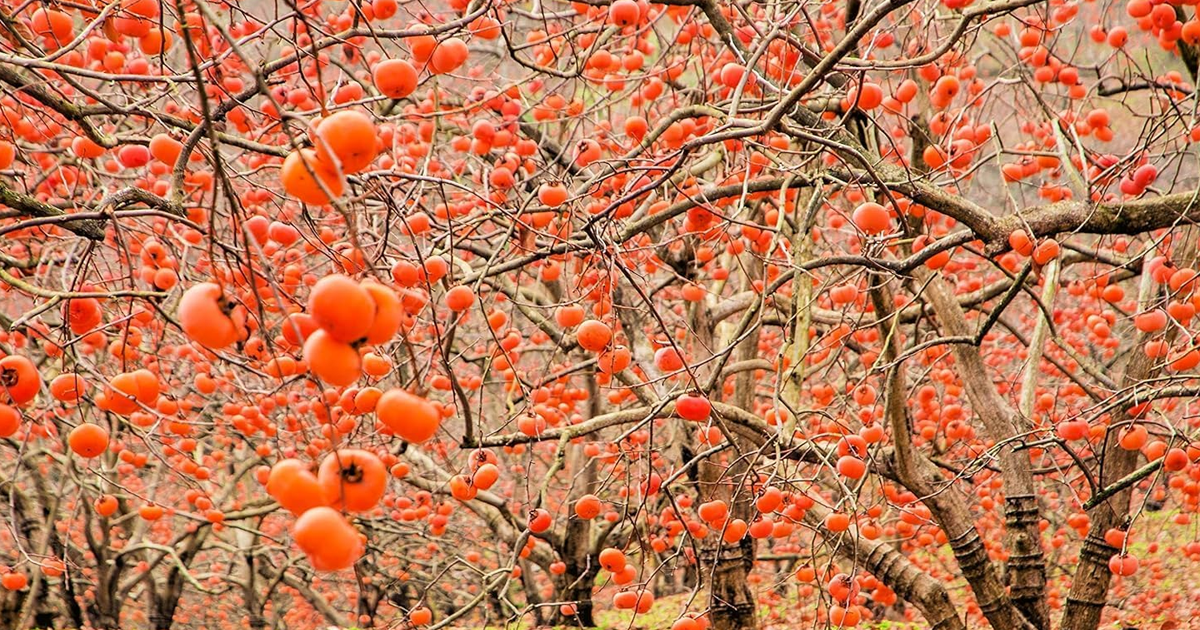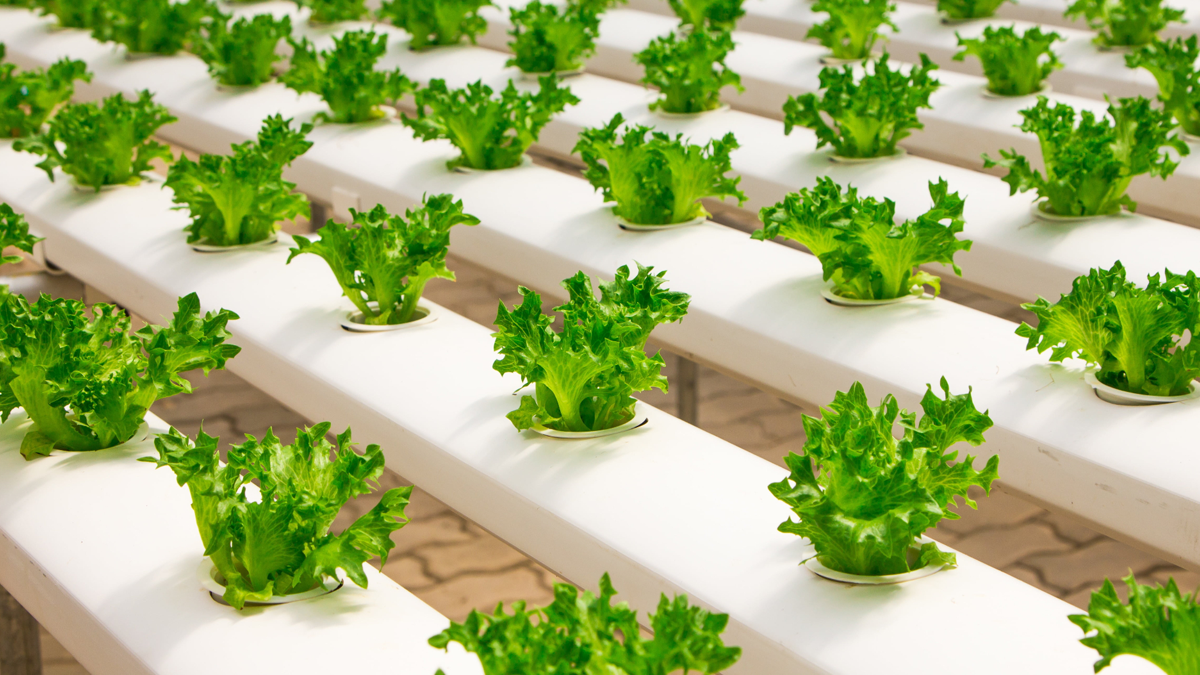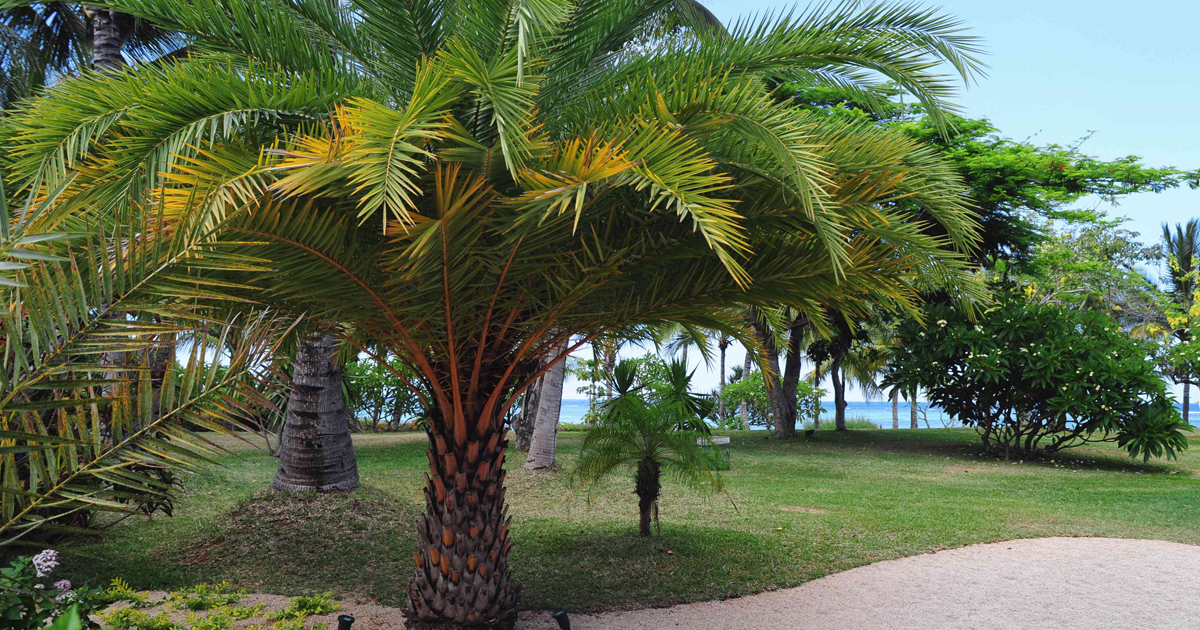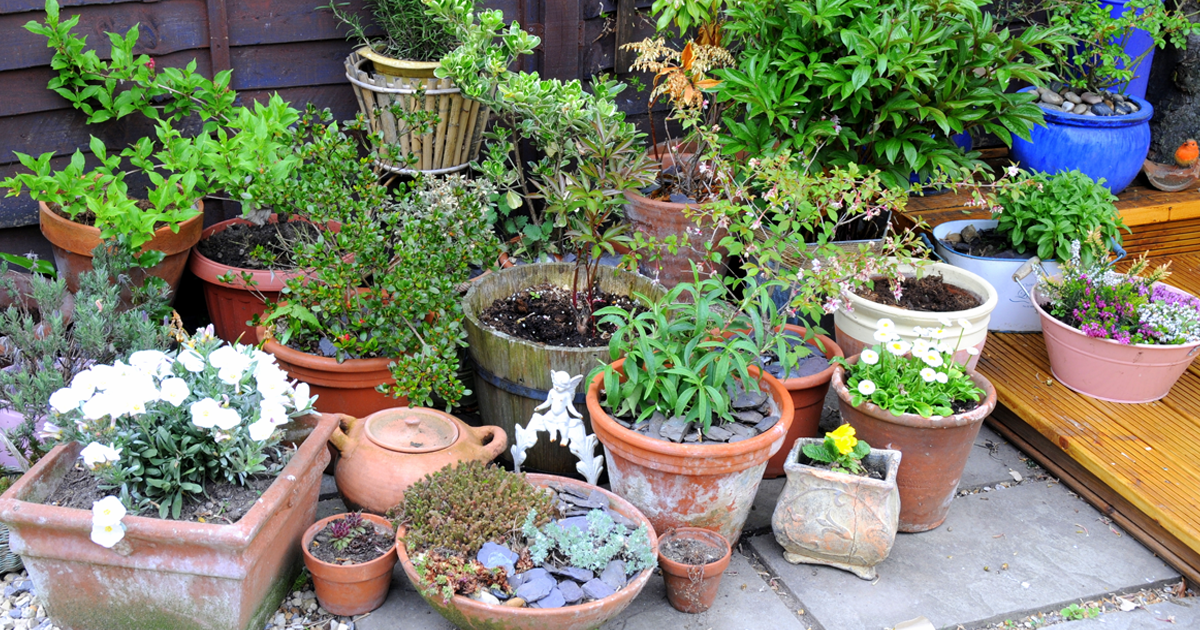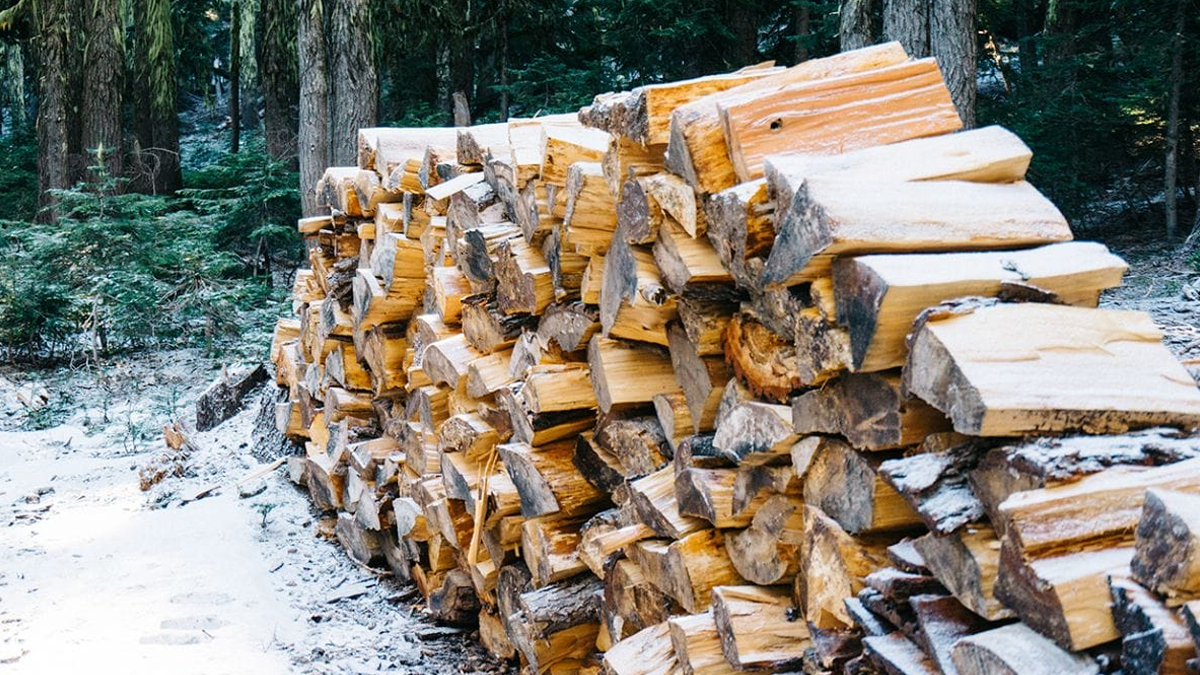
It is the very astute person who thinks about the question: “Can You Use Pine Trees for Firewood?” Many people who have access to pine wonder whether it can be helpful in heating their homes or for other firewood applications. Pine trees are an attractive source of fuel for many people because they are found in abundance throughout various geographical regions. Unfortunately, using pine trees as firewood benefits and some cautions to take. In this detailed article, the reader learns everything regarding the characteristics of pine, how it compares with other types of firewood, and methods of using it safely and efficiently.
What Makes Pine Wood Different?
Unlike hardwood trees such as maple, oak, or cherry, pine belongs to the softwood family. Its unique-burning properties are its physical features:
High Resin Content: Sap and pitch-rich. Makes the wood smell pretty good, ignites well, but produces more smoke and residue
Lightweight, Less Dense: Because it is not as dense as hardwoods, pine burns faster and produces less heat.
Fragrant Smoke: Pine has a fresh, sharp smell while burning, very reminiscent of holiday trees.
These characteristics are what make it preferable to use pine for starting fires and quick heat but bad when it comes to using it overnight.
Can You Use Pine Trees for Firewood Indoors?
Yes, you can burn pine indoors, but it has to be the right conditions for burning. Do not count on it as your main firewood since that burns fast, and it will cause creosote buildup in the flue. Here are some suggestions though:
Advantages of Indoor Burning Pine Firewood:
- Easy Ignition: Pine lights very well and so is excellent for starting the fire.
- Intensive Immediate Heat: It will give high flames and a lot of heat for a short while.
- Great Availability: Cheap or free self-collection in pine-rich areas.
Disadvantages of Indoor Burning Pine Firewood:
- Fire Burns Quickly Here: This requires constant feeding of logs.
- Build-Up of Creosote: This is because more sap produces more creosote deposits in chimneys.
- Low BTUs: You won’t get as much as delayed heat than hardwoods.
Safest Indoor application:
- Always season pine properly (see next section).
- Clean chimneys regularly.
- Burn in combination with hardwoods for a longer-lasting fire.
Seasoning Pine Firewood: Why It Matters
Seasoning means a way of drying firewood by reducing moisture content. Fresh-cut pine trees are wet and sticky with sap, making their burning an unpleasantry because of the production of much smoke, poor combustion, and eventually over-collection of creosote.
Importance of Seasoning Pine:
- It reduces moisture content from 50% plus to below 20%.
- It reduces the buildup of creosote.
- It increases burning efficiency and heat energy.
- It makes the wood lighter and easier to handle.
Tips for Seasoning Pine:
- Split Your Wood As Soon As Possible; This Exposes More Surface Area for Faster Drying.
- Get It Away From The Ground: Use pallets or racks to keep stock off the ground below.
- Position It Where It Will Be Hit by Sun and Wind: Find a nice sunny spot, with a breeze blowing.
- Leave Sides Open: Keep any rainfall off, but leave the sides open for airflow.
- Use Your Moisture Meter: To ensure that it’s drying to below 20%.
With proper seasoning, pine becomes significantly safer and more efficient for indoor use.
Comparing Pine to Other Types of Firewood
How does pine measure up to other common firewood options?
| Firewood Type | Heat Output (BTUs/cord) | Seasoning Time | Burns Cleanly? | Best Use |
|---|---|---|---|---|
| Pine | 16-20 million | 6–12 months | Moderate | Kindling, Outdoor fires |
| Oak | 24-30 million | 12–24 months | Yes | Long indoor burns |
| Maple | 22-27 million | 12 months | Yes | Indoor fireplaces |
| Birch | 20-26 million | 6–9 months | Yes | Indoor/outdoor use |
While pine won’t outperform hardwoods in heat output or burn duration, it serves an important role in any wood-burning strategy.
Is Pine Firewood Safe for Campfires and Outdoor Use?
Indeed, pine is good for both outdoor fires and recreational burning.
Outdoor Benefits:
- Easy Ignition: Just ignite and very soon flames are leaping everywhere.
- Very High Flames: Spectacular in fire when compared to other sources of fire.
- Pine Smell: Smells sweet and nostalgic.
Safety Precautions Outdoor:
- Sparks and popping sap.
- Burn only the dry pine to avoid smokiness.
- Unsafe because it is treated with pressure and painted pine as it releases toxins.
Ideal usage:
- Fireplace
- Campsite
- Bonfire in the backyard
- Emergency heating and cooking
Environmental Considerations
Pine is perceived as one of the most renewable firewood types. Here are the aspects that contribute to this perception:
Fast Growth- Pines grow very fast compared to hardwoods; thus, pines are renewable sources.
Healthy Forests- The excess pine from the overgrown stands is removed to avoid incidences of wildfires and promote biodiversity.
Less Pressure on Hardwoods- Using pine helps prevent overharvesting of most slow-growing hardwood species.
However, responsible harvesting is important and always ensure you follow the local rules of forestry and avoid unnecessary deforestation.
Common Myths About Pine Firewood
Myth #1 – Burning pine will cause chimney fires.
In point of fact: While unseasoned pine can clog a chimney with creosote, those are when the real fires begin. If the wood and chimney are dry, however, burning pine is as risky as burning any other type of wood.
Myth #2: Pine never produces heat value.
Truth: Nothing compared to the intense quick heat supplied by pine. Briefly and speedy are two words that do not stand up against burning time as oak does.
Myth #3: All Pines Burn Alike.
Fact: It is clearly different kinds of species; as for example, ponderosa pine having high-pitch contents, while white pine acts quite differently and is a cleaner burner.
How to Tell if Pine Firewood is Ready to Burn
Here are some signs that tell you your pine firewood is ready for burning:
- Ends of the logs show cracks indicating internal drying
- Hollowness on striking together
- Much lighter than those freshly cut logs
- Feel dry and have a greyish hue replacing recently fresh yellow sappiness
- Below 20 percent is given by moisture meter readings
Burn off pine that is completely covered with sap or oozes a tacky exterior for this indicates not enough seasoning.
Tips for Burning Pine Safely
- It deprives the wood of heavy smoke and creosote if the seasoned wood is used.
- Burn in an open well-ventilated place with breeze possibilities.
- Clean chimney and stove pipes regularly, preferably once a burning season.
- Stick in some hardwoods that would take the pace off a quick burn.
- Put up a chimney cap to prevent ragweed and vermin ingress.
Can You Use Pine Trees for Firewood Year-Round?
Seasonally speaking, pine has many applications:
- In winter, it helps with those brisk mornings that need a quick heating up.
- In summer, outdoor fires and camping.
- During spring and fall, a heat that can be maintained with transitional settings but not too hot-and-heavy on the stove.
Conversely, pine burns faster. For this reason, you will require more in-spare during burning sessions. For some efficiency, it should be combined with longer-burning woods.
How-To Store Pine Firewood
- Elevate the Stack: This means keeping logs above ground, thus avoiding rotting.
- Allowing for Airflow: Stacking in single rows, with space in between logs.
- Cover Smartly: Keeping rain directly off the stack with a tarp or a roof allows air movement on the sides.
- Avoid Overcrowding: Do not stack too tightly; this would prevent airflow necessary for seasoning.
- Entomological View: Keep yourselves away from buildings and have a good look for insects.
Good storage means good dryness and cleanliness of your pinewood, ready for the burning.
Infographics of Can You Use Pine Trees for Firewood

Conclusion
So can you use pine trees for firewood? Most definitely. Pine wood has a lot of usability potential if treated right, seasoned just right, and its unique burning qualities are kept in mind. It works wonders for kindling, generating quick heat, and enjoying outdoors. When treated responsibly, it helps to shoulder the hardwood supplies and thus promote a sustainable wood-burning routine.
With all that said, correct seasoning of the pine, suitable application of it, and keeping your chimney clean will make it safe and possible to use pine firewood successfully in your heating practice. Well-seasoned pine is very useful when you need a quick fire for winter warmth or summer fun. Pine trees indeed serve as dependable firewood when treated properly!
FAQ: Can You Use Pine Trees for Firewood?
Q1. Can pine trees be used for firewood in a fireplace?
Yes, pine trees can indeed be used for firewood in a fireplace; provided they are seasoned well. Freshly cut pine has an abundance of moisture and resin, which tends to produce lots of smoke, along with creosote build-up inside the chimney. Seasoned pine, though, burns hot and clean for a short amount of time and is great for quick fires; especially as kindling, or just to heat a room fast!
Q2. Does it create a lot of creosote when you burn pine?
That is true, as pine has a very high resin (sap) content which creates more smoke upon combustion. This smoke contains creosote, a tar-like material, which builds up inside the chimney and may cause a chimney fire. The risk is significantly minimized with thorough drying of the pine and regular upkeep of the chimneys.
Q3. Is pine firewood good for outdoor use?
Yes! Its quick ignition, delightful smell, and great flame are perfect for outdoor pine use. Commonly used for campfires, backyard fire pits, and bonfires. However, it does pop and spark a lot due to excess sap, so be careful.
Q4. How long does it take for pine firewood to season?
Usually, pine needs to be seasoned between 6 and 12 months, depending on local climate conditions and storage methods. Proper airflow and sun exposure will quicken the drying process, and a moisture content of less than 20% is best before burning.
Q5. Is it safe to burn pine in wood stoves?
Well-seasoned pine can be used safely in wood stoves with due caution and preferably in combination with hardwood to temper its fast-burning properties. Keep the chimney or stove pipe clean on a regular basis.
